Kandahalagalaa is an atoll in the Maldives where drill holes show that sea level rose and fell like a yoyo well before humans started to emit carbon dioxide in the Industrial Revolution. Sea level changes were obviously unrelated to human activities. Drilling showed that the atoll thrived each time sea level rose.
Scientific work nearly 200 years ago showed that as sea level rises, coral atolls grow bigger and the Ellice Islands (now Tuvalu) were used as an example. It was at Funafuti that Professor Sir Edgeworth David’s drill holes in 1896 to 1898 validated the theories of coral atoll growth by Charles Lyell and Charles Darwin.
The work of Lyell, Darwin and Edgeworth David was validated by 1954 to 1958 drilling of the Bikini Atoll and was validated yet again using satellite imagery that showed that most of the 1,100 Indian and Pacific Ocean atolls have increased in size over the last 40 years. Sea level measurements at Tuvalu over the last 30 years show no sea level rise. Drilling, satellite imagery and sea level measurements show that no atoll island nation is being inundated.
Experiments cooking up lava with gases such as water vapour or carbon dioxide at high temperature and pressure show that some common gases lower both the melting and freezing points of lava. The lava type that characterises the Pacific Ring of Fire (andesite) can dissolve a large amount of water vapour and almost no carbon dioxide or other gases. As lava rises, the pressure of the dissolved water increases, steam flashes, expands instantaneously and is suddenly catastrophically released from the lava at a shallow depth. A column of pulverised rock, fine glassy needles of instantly frozen lava (‘ash’) and steam are blasted high into the atmosphere. Such eruptions are common in the Andes, central America, the Rockies, the Japanese island arc (Mt Fuji), Papua New Guinea (Rabaul), Indonesia (Krakatoa) and the Mediterranean (Vesuvius).
At Santorini in Greece, there was a massive eruption in 1,600BC as a result of Africa pushing wet Mediterranean sea-floor sediments deep beneath Europe. The high temperature, high pressure and saturation with water at depth induced melting. Seawater also entered the mass of molten rock beneath Santorini.
The lighter molten rock charged with huge amounts of water in solution started to rise to the surface and rising lava elbowed aside other rocks resulting in earthquakes. Choking sulphurous gas was released. As the lava rose, the weight of overlying rocks became lower. There was a sudden catastrophic expansion and release of steam from the lava resulting in a massive explosive eruption producing an ash cloud that was blasted 25 km into the atmosphere.
Ash particles created internal bleeding of the lungs and people drowned in their own blood, the lungs of people and their animals became lithified, many died from poisoning by sulphurous fumes, tsunamis up to scores of metres high swept across the eastern Mediterranean, crops were covered in a thick layer of volcanic ash and heavy rain triggered by ash particles in the air led to mudflows and flooding.
Some 30 cubic kilometres of Santorini was pulverised into ash which fell as thick layers in and around the Mediterranean and as thin layers on the polar ice caps. The Minoan Empire was destroyed. It was the Santorini eruption that changed the course of Western civilisation leading to the rise of the Mycenæans and Athenians.
After the April 1815 eruption of Tambora (Indonesia), the following year was globally ‘the year without summer’. It was dark, cold and wet. There was a competition between Lord Byron, Percy Shelley and Mary Shelley in Geneva to write the scariest horror story commensurate with the appalling weather. In 1816, Mary wrote Frankenstein and Byron wrote Darkness, a poem about depression.
After the Calbuco eruption in Chile on 7 January 1893, Brisbane had a massive rain bomb and the biggest floods ever recorded in February 1893. In 2011, volcanic ash from the Chilean volcano Puyehue-Cordon-Caulle shut Sydney Airport for a week. After another lap of the planet by the ash, the airport was shut again ten days later.
The underwater eruption from the Pacific Ocean volcano in Tonga called Hunga Tonga-Hunga Ha’apai occurred on 15 January 2022. Nasa published satellite time-lapse footage showing a column of water rising 50 km to the stratosphere. The volume of water that entered the stratosphere was 10 per cent of all the water in the stratosphere. As a result, Eastern Australia had numerous rain bombs in 2022 and 2023. Elsewhere in the world, there were rain bombs and large snowfalls.
The water and volcanic ash from Hunga Tonga-Hunga Ha’apai will remain in the atmosphere for years while it does laps of the planet and eventually falls to Earth. Small sub-aerial eruptions such as Tambora (1815), Krakatoa (1883), Pinatubo (1991), Kasatochi (2008) and Calbuco (2015) cooled the Earth because the ash and water rose to only 25 km in the atmosphere where it reflected light and heat resulting in short-term cooling. By contrast, the massive volume of water from Hunga Tonga-Hunga Ha’apai rose to an altitude of 50 km and created a temporary warming effect due to the trapping of heat.
Most andesite volcanoes such as those in the Pacific Ring of Fire pulverise and eject about 30 cubic kilometres of rock. Supervolcanoes eject thousands of cubic kilometres of rock. During the last glaciation, the eruption of Toba (Indonesia) 73,000 years ago blasted 3,000 cubic kilometres of pulverised rock into the atmosphere. There was even more cooling of an icehouse planet, darkness, choking clouds of volcanic ash that took decades to settle, the collapse of plant life (especially in the tropics) and the migration of humans. Around that time three human species became extinct and Homo sapiens was reduced to 4,000 breeding pairs. We very nearly became extinct.
The closest supervolcanoes to Australia are in Indonesia, Papua New Guinea and in New Zealand. If the Wallabies are ever to win the Bledisloe Cup again, then a resurgence of a supervolcano in the Taupo Volcanic Zone might do the job. New Zealand will be all black.
Every slight variation in natural events is now blamed on ‘climate change’. All settled, no argument. If the science of climate change is settled, then there is no reason for taxpayers to fund climate research any longer.
Normal geological processes in the oceans that were documented nearly 200 years ago are now evidence for a climate crisis. Monstrous volcanic eruptions that produce climate and weather changes have been well documented since Adam was a boy. Heavy rain with the resultant flooding and snow we are told is evidence of a human-induced climate catastrophe and the possibility of a natural phenomenon is not even considered by the hysterical green-tinged media. Massive wildfires are obviously due to sinful Westerners emitting plant food while arsonists, sparking machines and fallen power lines don’t enter the equation.
If you have sneezing fits or stutter, don’t try to say Kandahalagalaa or Hunga Tonga-Hunga Ha’apai.
Got something to add? Join the discussion and comment below.
Get 10 issues for just $10
Subscribe to The Spectator Australia today for the next 10 magazine issues, plus full online access, for just $10.
The first printing of Ian Plimer’s leftie conniption-inducing trilogy for children ‘The Little Green Book’ sold out in 7 days. Reprint is available from Connor Court.
You might disagree with half of it, but you’ll enjoy reading all of it. Try your first month for free, then just $2 a week for the remainder of your first year.

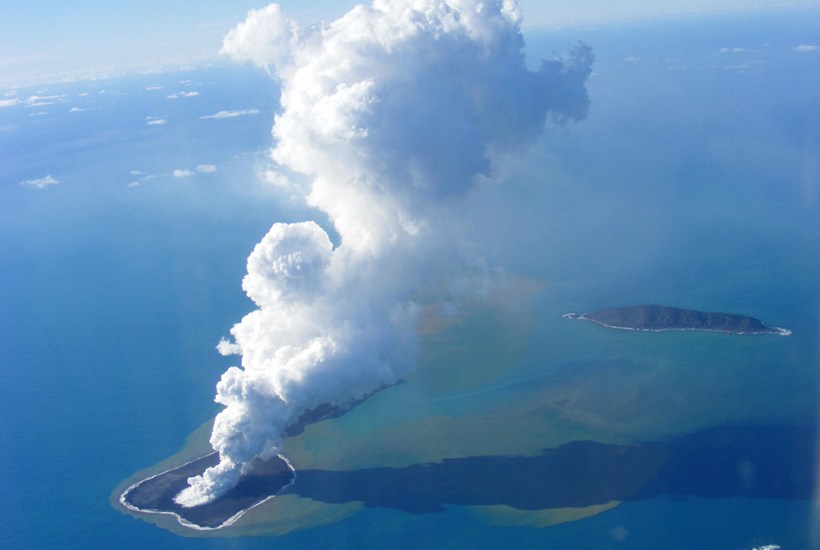
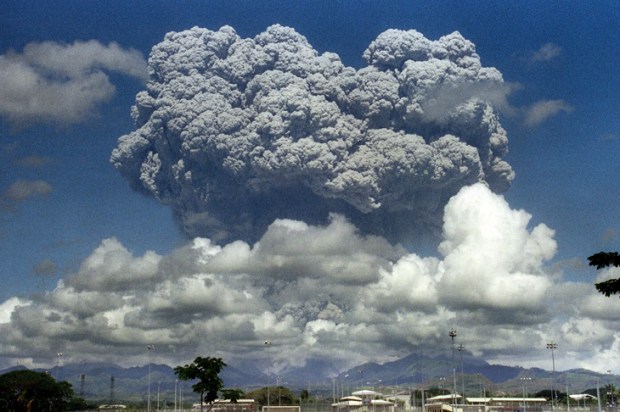
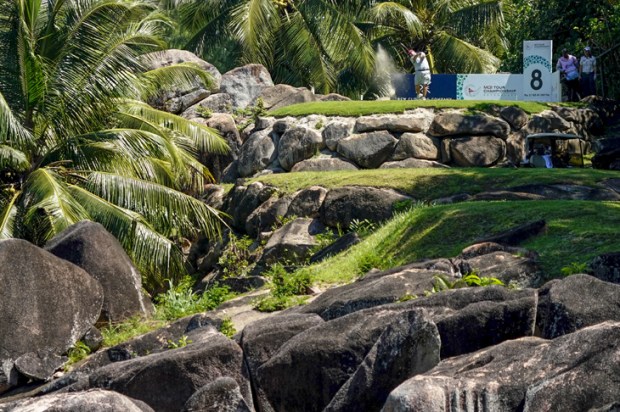
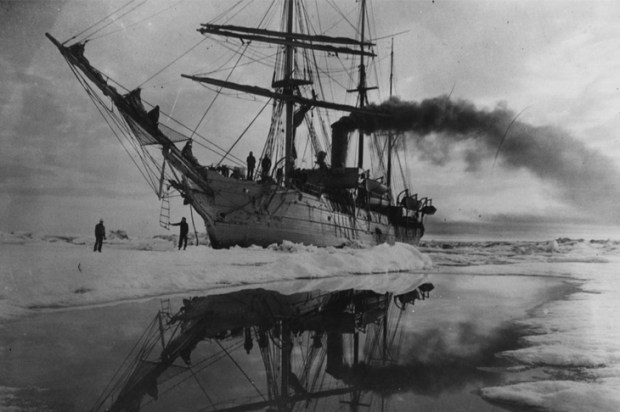
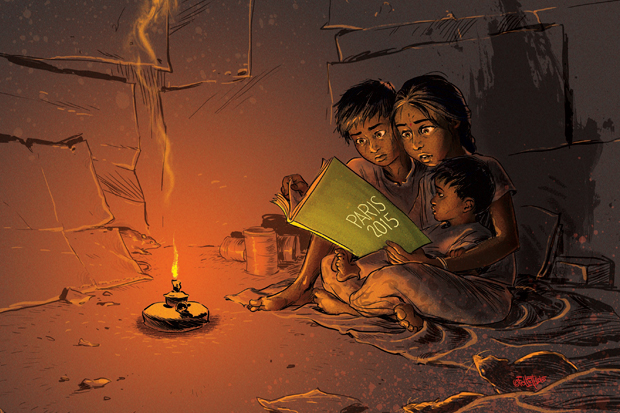

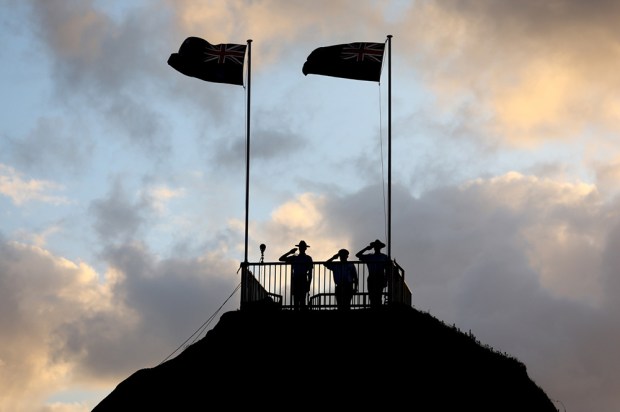






Comments
Don't miss out
Join the conversation with other Spectator Australia readers. Subscribe to leave a comment.
SUBSCRIBEAlready a subscriber? Log in